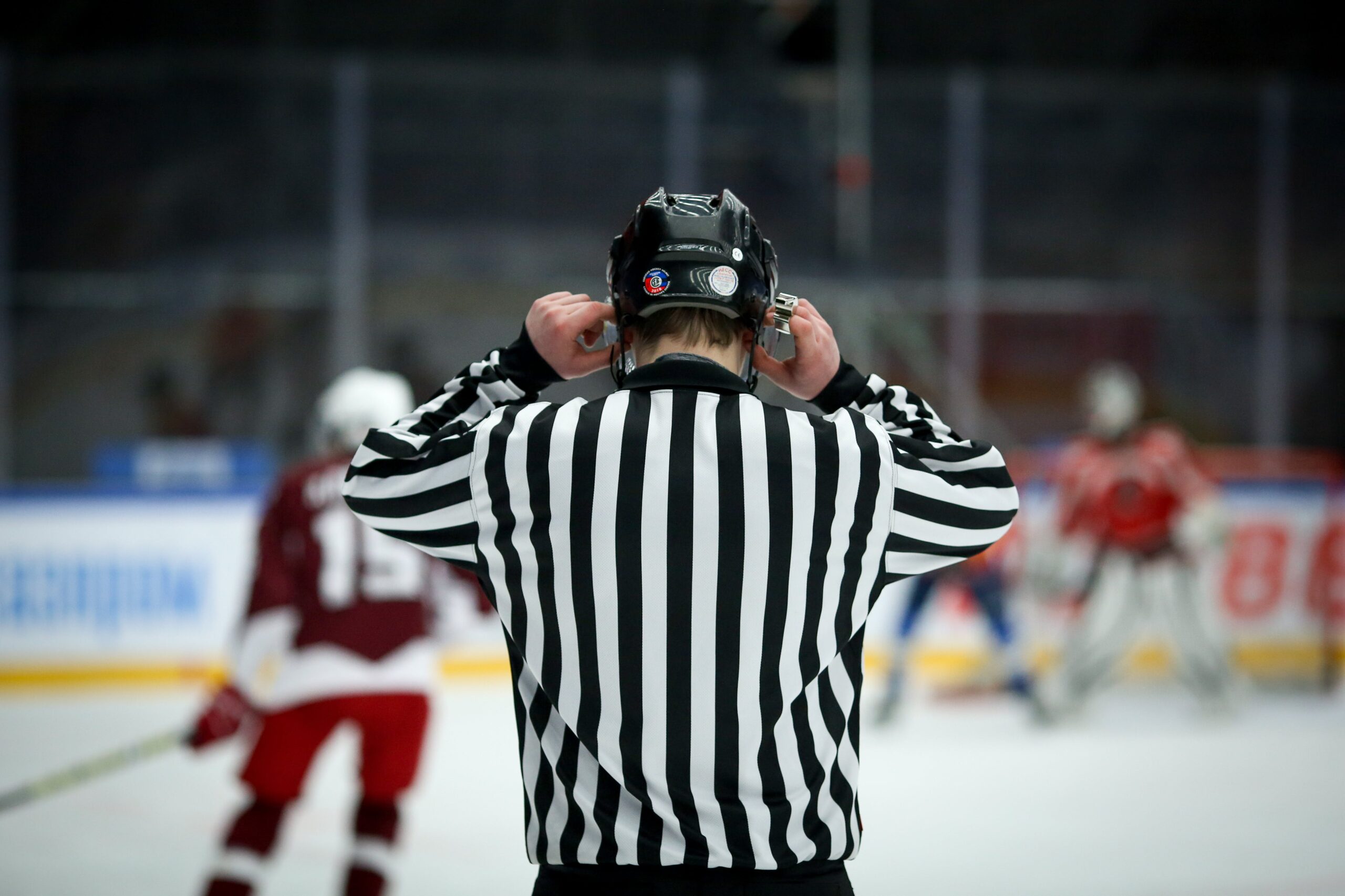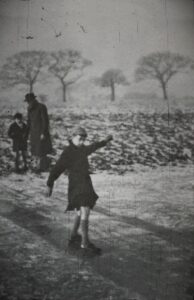Ice hockey, a fast-paced and exhilarating sport, relies on the precision and expertise of its referees to maintain order on the ice. Referee calls in ice hockey play a crucial role in ensuring fair play and safety for all players involved. Understanding the intricate system of referee calls is essential for players, coaches, and fans alike. In this article, we’ll explore the various calls made by ice hockey referees and the significance of each decision.
Offsides:
One of the fundamental calls in ice hockey is the offsides call. A player is deemed offsides if they precede the puck into the offensive zone. This rule is in place to prevent an unfair advantage and to maintain the integrity of the game. The linesmen are responsible for making offsides calls and play a critical role in ensuring that teams adhere to this rule.
Icing:
Icing occurs when a player shoots the puck from behind the center red line and it crosses the opposing team’s goal line. The linesmen are responsible for making icing calls. To prevent continuous stoppages, teams are required to touch the puck before icing is called off. Icing helps maintain the flow of the game while ensuring fairness and strategic play.
Penalties:
Referees can call penalties for various infractions, ranging from minor to major offenses. Common penalties include tripping, slashing, high-sticking, and interference. Referees signal penalties by raising their arm and pointing to the offending player. The penalized player serves time in the penalty box, providing the opposing team with a power play opportunity. Understanding the nuances of penalties is crucial for teams to capitalize on these opportunities or defend against them effectively.
Goal/No Goal Calls:
Determining whether a goal is valid or not can be one of the most challenging decisions for referees. They rely on a combination of their own observations and, when available, video reviews. Goals may be disallowed if the puck was kicked in, played with a high stick, or if the net was dislodged. The goal/no goal call often sparks intense discussions among players, coaches, and fans.
Fighting:
While fighting is not the primary focus of ice hockey, it does occur. Referees play a crucial role in managing fights, breaking them up promptly, and issuing penalties to the involved players. Fighting penalties aim to discourage violent behavior and maintain the sport’s reputation as a game of skill and strategy.
Ice hockey referee calls are the unsung heroes of the game, ensuring fair play, safety, and the overall integrity of the sport. The precision and split-second decisions made by referees impact the outcome of games and contribute to the excitement that defines ice hockey. As fans, players, and coaches, understanding the rules and appreciating the difficult job referees have enhances our enjoyment and appreciation for the game on the ice.



